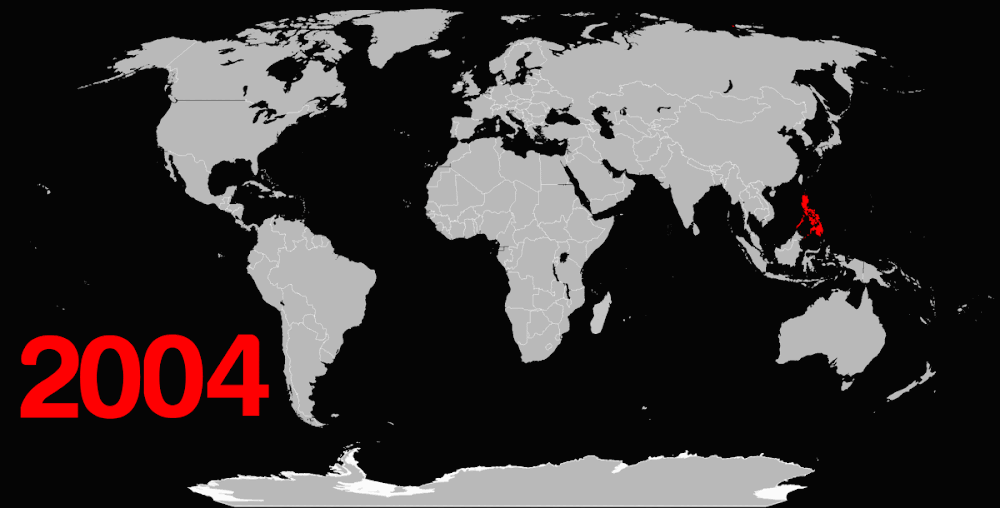The
book I am using is Contemporary Japanese Vol. 1 by Eriko Sato from
the Tuttle
Language Library. This is not a Japanese language learning program
and I am no teacher. This is a personalized journal of my Japanese language
journey, and the target audience would be other students of Japanese, beginners
if possible. If you are an advanced learner, kindly give us tips and correct
some of the errors we are bound to make. Your feedback is important to us since
books could not teach all. Let’s start! But before we do please watch the video
after or while reading, it’s meant to complement the content of this blog
article. If you watch just the video and not read, you’ll have no idea what I’m
talking about. Volume 1 of the book has 61 lessons. I only study Monday to
Friday, two days for each lesson, which means it will take us 122 days or 24
weeks and 2 days to finish the whole book. Target end date is March 20, 2012.
MONDAY: Lesson Three - Numbers in Japanese and Phrases for
Greeting
We left this chapter hanging last week
by counting from one to ten. What I did today was move on to the dialogues, all
three of them, which contain expressions on how to greet people and how to say
goodbye. For greetings, “Good Morning” would be おはよう ございます. You
could cut the second part if you are talking to a friend, informal, in short.
Saying “Goodbye” has two different formulas for informal and
formal situations. じゃあ、また is the
informal or more colloquial way while しつれいします is for superiors like teachers and bosses, a more
formal way. What about さようなら? Well, according to the book it
is not used that much as the other two. It seems to be used for long term
goodbyes. We have two greetings more: こんいちは is “Good
Afternoon” while “Good
Evening” would be こんばんは. This is
the segue to our five hiragana characters of the day: ha
(wa), hi, fu, he (e), and ho. The hiragana equivalents are: は、ひ、ふ、へ、ほ. Special
note to remember? は is the
subject particle which is often used in most expressions like that of Good
Afternoon and Good Evening. Instead of using the other character which really
sound like wa, the hiragana for ha is mostly used.
TUESDAY: Lesson Four - Classroom Expressions
For the new vocabs, watch the video. I have realized
that I usually duplicate what is already written here by saying it again there.
The two should be complementary, not supplementary. Hiragana again! Five new for today:
ま、み、む、め、も which are ma,
mi, mu, me, mo respectively!
Be careful with め because it resembles ぬ to some
extent. It might be confusing at times. The vocabulary list for today is quite
interesting, they are for school! Okay, maybe boring on second thought.
WEDNESDAY: Lesson Four - Classroom Expressions
We only have three new Hiragana today: ya,
yu, yo (や、ゆ、よ). For
some reason, they don’t have ye and yi sounds in Japanese. Okay, so now let’s
just focus on grammar here. We use the -te form of the verb and add ください to form a request. For example, もういちどいってください which
means “Say it one more time, please.” Another option is to add おねがいします if you are not using verbs, such
as もういちどおねがいします which would roughly translate to “one more time, please.”
THURSDAY: Lesson Five - Words for Body Parts and Phrases for Apology
Five new Hiragana characters today! ら、り、る、れ、ろ
correspond to the syllables ra, ri, ru,
re, ro. Since I already provided the Hiragana for some body
parts in the video, I would specify their Kanji characters here in case you
want to know how they look like. 耳 (ear), 目 (eye), 手 (hand), 足 (foot/leg), 鼻 (nose), 口 (mouth).
FRIDAY: Lesson Five - Words for Body Parts and Phrases for Apology
Let’s do the set phrases for apologies
first. You only have to remember すみません (Sorry) and you could add the intensifier どうも just like you would when saying thank you very much to someone, to mean that you are very sorry. Most would
reply with いえ if they don’t mind. If someone is pissed, he or she might say はい which means he or she
thinks that yes, you did something wrong! だいじょうぶ ですか is a way of asking if
“Are
you okay?” To answer affirmatively, just omit the last syllable
which denotes a question to make it as statement.
See you next weekend! For next week I
would be covering the lesson six until the first half of lesson eight. We can
do this guys! The goal is to pass the N5 examination of
the JLPT in December 2012!
=)



_poster.jpg)



0 creature(s) gave a damn:
Post a Comment